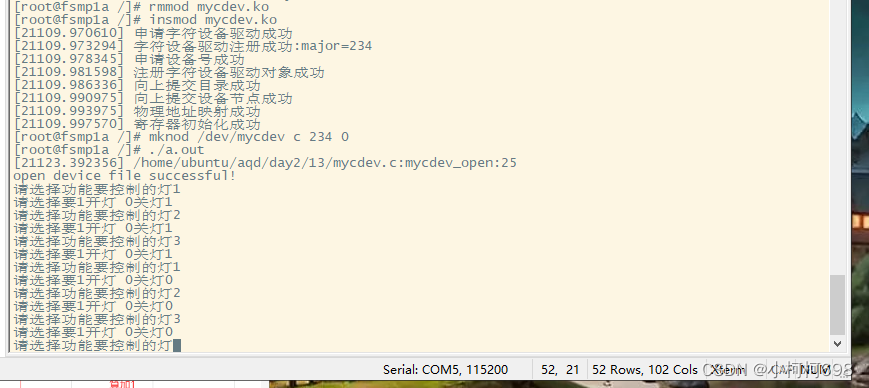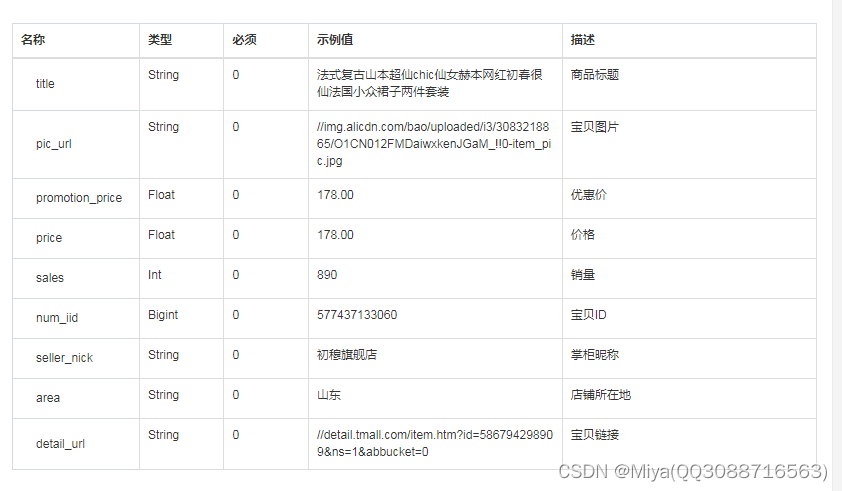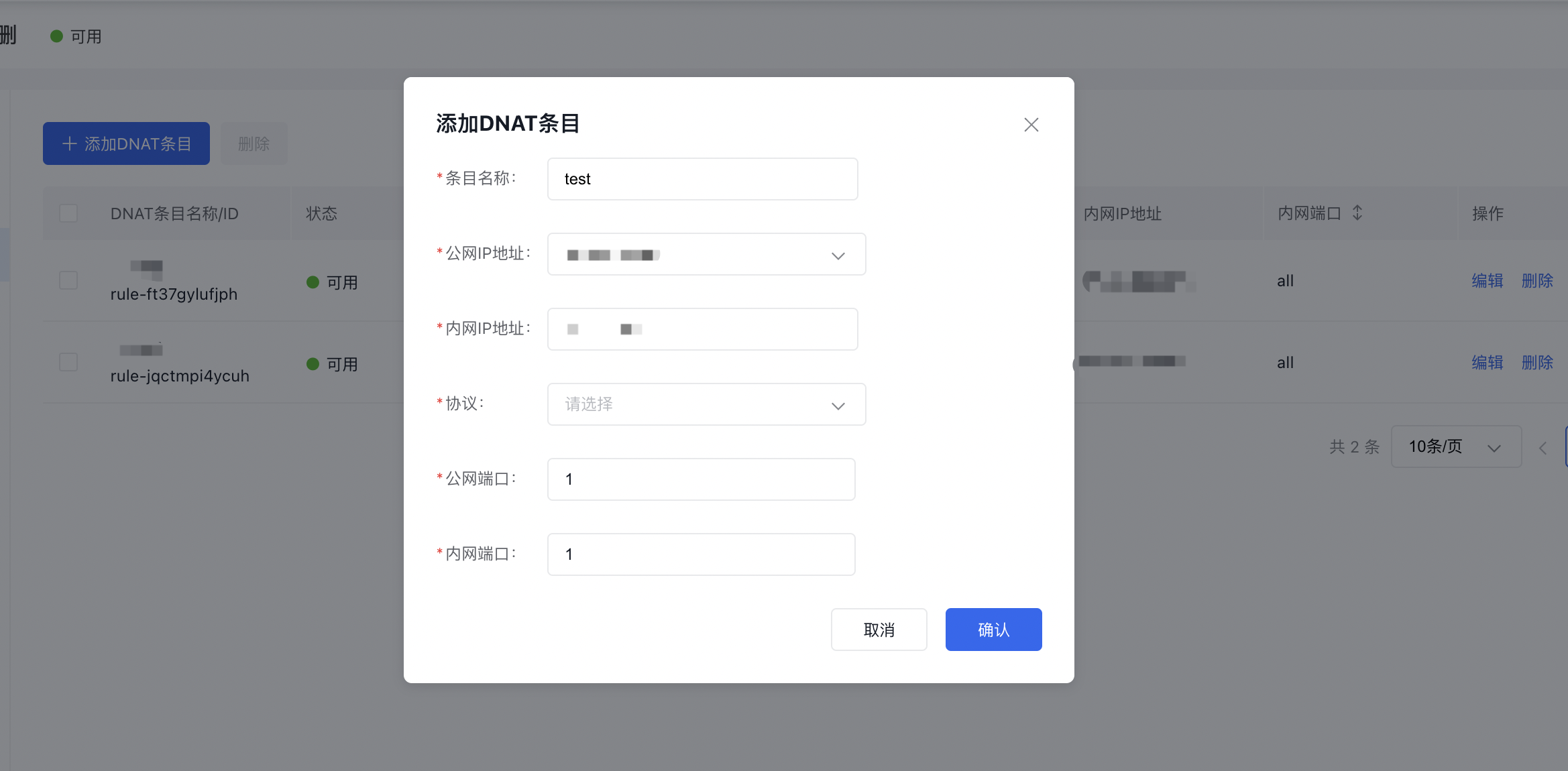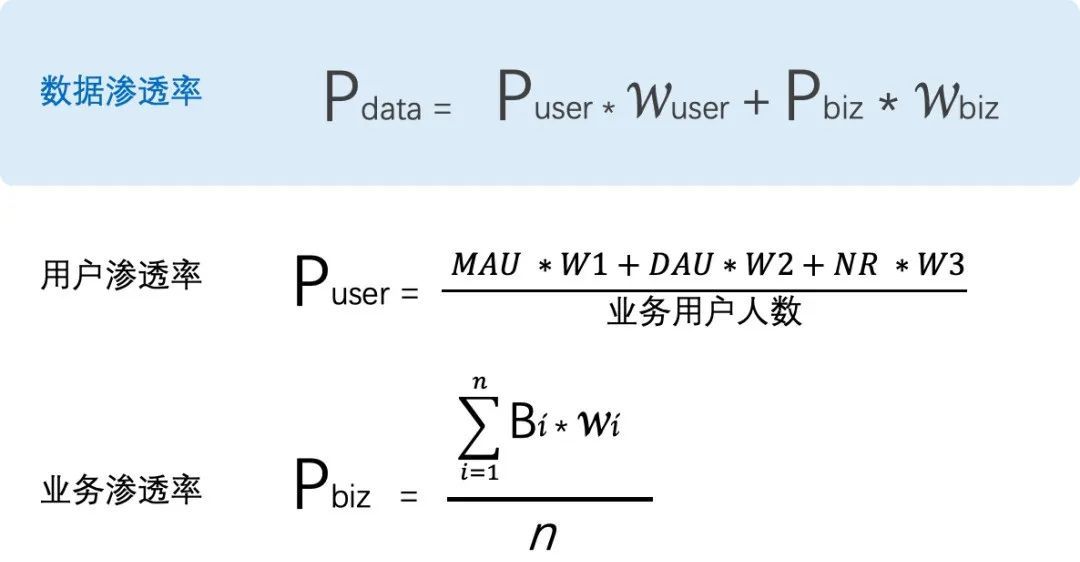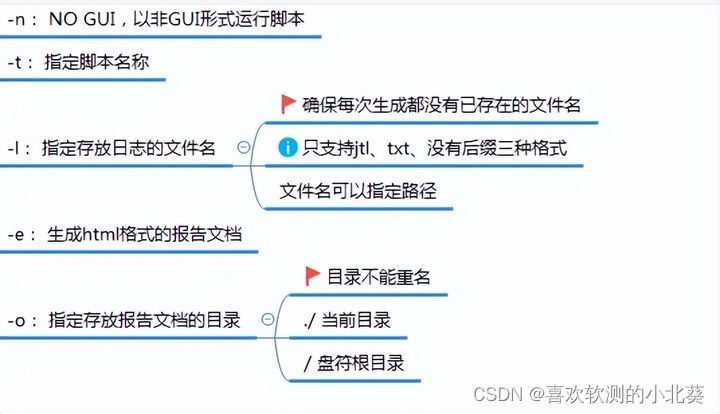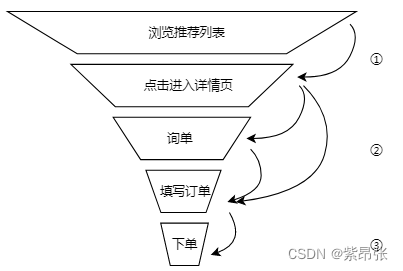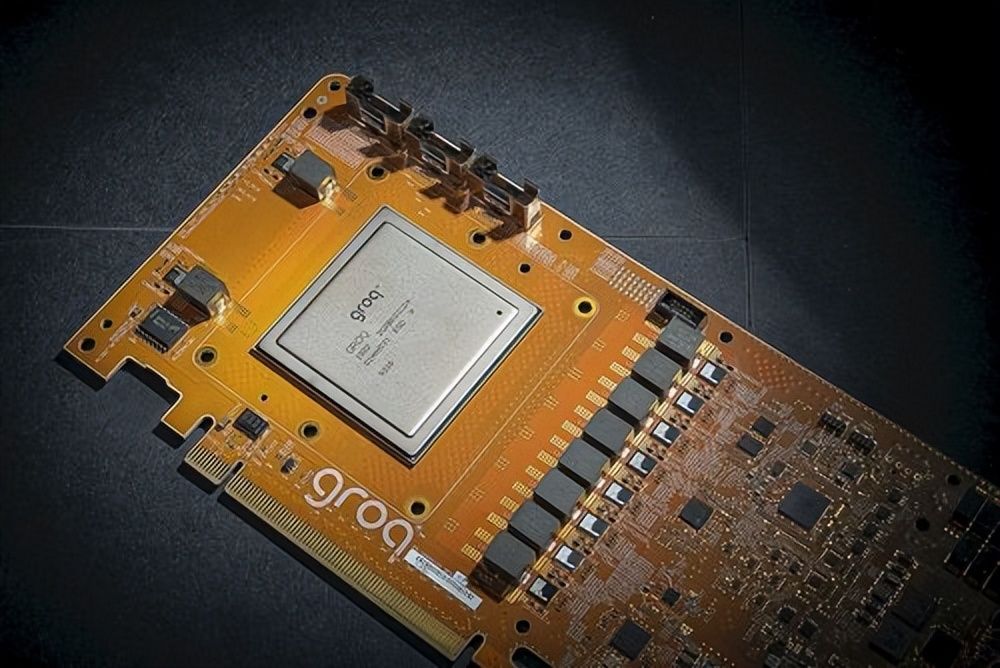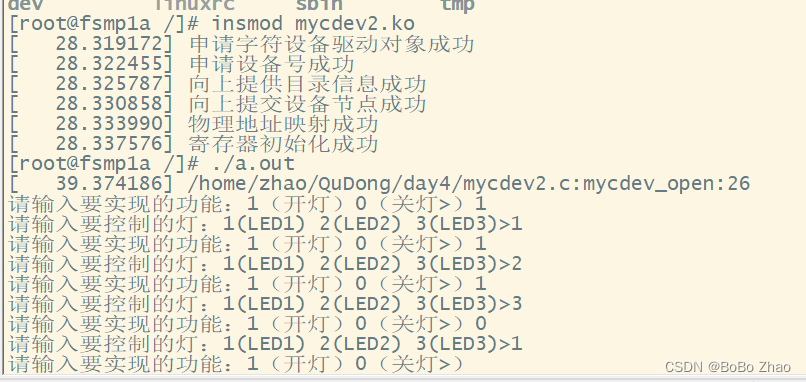1.通过字符设备驱动分步注册方式编写LED灯的驱动,应用程序使用ioctl函数编写硬件控制逻辑
head.h
#ifndef __HEAD_H__
#define __HEAD_H__
typedef struct {
unsigned int MODER;
unsigned int OTYPER;
unsigned int OSPEEDR;
unsigned int PUPDR;
unsigned int IDR;
unsigned int ODR;
}gpio_t;
#define PHY_LED1_ADDR 0x50006000
#define PHY_LED2_ADDR 0x50007000
#define PHY_LED3_ADDR 0x50006000
#define PHY_RCC_ADDR 0x50000A28
#define LED_ON _IOW('1',1,int)
#define LED_OFF _IOW('1',0,int)
#endif
test.c
#include <stdio.h>
#include <sys/types.h>
#include <sys/stat.h>
#include <fcntl.h>
#include <stdlib.h>
#include <unistd.h>
#include <string.h>
#include <sys/ioctl.h>
#include "head.h"
int main(int argc,const char * argv[])
{
int a,b;
char buf[128] ={};
int fd =open("/dev/mycdev",O_RDWR);
if(fd < 0)
{
printf("open device file error\n");
exit(-1);
}
printf("open device file successful!\n");
while(1)
{
printf("请选择功能要控制的灯");
scanf("%d",&b);
printf("请选择要1开灯 0关灯");
scanf("%d",&a);
switch(a)
{
case 1:
ioctl(fd,LED_ON,&b);
break;
case 0:
ioctl(fd,LED_OFF,&b);
break;
}
}
close(fd);
return 0;
}mycdev.c
#include <linux/init.h>
#include <linux/module.h>
#include <linux/fs.h>
#include <linux/io.h>
#include <linux/device.h>
#include <linux/cdev.h>
#include <linux/slab.h>
#include "head.h"
struct cdev *cdev;
unsigned int major=0;
unsigned int minor=0;
dev_t devno;
char kbuf[128] = {0};
gpio_t *vir_led1;
gpio_t *vir_led2;
gpio_t *vir_led3;
unsigned int *vir_rcc;
struct class *cls;
struct device *dev;
// 封装操作方法
int mycdev_open(struct inode * inode, struct file *file)
{
printk("%s:%s:%d\n",__FILE__,__func__,__LINE__);
return 0;
}
long mycdev_ioctl(struct file *file, unsigned int cmd, unsigned long arg)
{
int which;
int ret=copy_from_user(&which,(unsigned int *)arg,4);
if(ret)
{
printk("copy_from_user err\n");
return ret;
}
// 根据用户空间功能码的不同实现硬件不同的控制
switch (cmd)
{
case LED_ON: // 开灯
switch (which)
{
case 1: // LED1
vir_led1->ODR |= (0X1 << 10);
break;
case 2: // LED2
vir_led2->ODR |= (0X1 << 10);
break;
case 3: // LED3
vir_led3->ODR |= (0X1 << 8);
break;
}
break;
case LED_OFF: // 关灯
switch (which)
{
case 1:
vir_led1->ODR &= (~(0X1 << 10));
break;
case 2:
vir_led2->ODR &= (~(0X1 << 10));
break;
case 3:
vir_led3->ODR &= (~(0X1 << 8));
break;
}
break;
}
return 0;
}
int mycdev_close(struct inode *inode, struct file *file)
{
printk("%s:%s:%d\n",__FILE__,__func__,__LINE__);
return 0;
}
// 定义操作方法结构体遍历并且初始化
struct file_operations fops = {
.open=mycdev_open,
.unlocked_ioctl = mycdev_ioctl,
.release=mycdev_close,
};
int all_led_init(void)
{
// 寄存器地址的映射
vir_led1 = ioremap(PHY_LED1_ADDR, sizeof(gpio_t));
if (vir_led1 == NULL)
{
printk("ioremap filed:%d\n", __LINE__);
return -ENOMEM;
}
vir_led2 = ioremap(PHY_LED2_ADDR, sizeof(gpio_t));
if (vir_led2 == NULL)
{
printk("ioremap filed:%d\n", __LINE__);
return -ENOMEM;
}
vir_led3 = vir_led1;
vir_rcc = ioremap(PHY_RCC_ADDR, 4);
if (vir_rcc == NULL)
{
printk("ioremap filed:%d\n", __LINE__);
return -ENOMEM;
}
printk("物理地址映射成功\n");
// 寄存器的初始化
// rcc
(*vir_rcc) |= (3 << 4);
// led1
vir_led1->MODER &= (~(3 << 20));
vir_led1->MODER |= (1 << 20);
vir_led1->ODR &= (~(1 << 10));
// led2
vir_led2->MODER &= (~(3 << 20));
vir_led2->MODER |= (1 << 20);
vir_led2->ODR &= (~(1 << 10));
// led3
vir_led1->MODER &= (~(3 << 16));
vir_led1->MODER |= (1 << 16);
vir_led1->ODR &= (~(1 << 8));
printk("寄存器初始化成功\n");
return 0;
}
static int __init mycdev_init(void)
{
int ret;
//1.分配字符设备驱动对象
cdev=cdev_alloc();
if(cdev==NULL)
{
printk("申请字符设备驱动对象失败\n");
ret=-EFAULT;
goto OUT1;
}
printk("申请字符设备驱动成功\n");
//2.初始化字符设备驱动对象
cdev_init(cdev,&fops);
//3.申请设备号
if(major>0)//静态指定
{
ret=register_chrdev_region(MKDEV(major,minor),3,"mycdev");
if(ret)
{
printk("静态指定设备号失败\n");
goto OUT2;
}
}
else
{
ret=alloc_chrdev_region(&devno,minor,3,"mycdev");
if(ret)
{
printk("静态指定设备号失败\n");
goto OUT2;
}
minor=MINOR(devno);//根据设备号获取次设备号
major=MAJOR(devno);//根据设备号获取主设备号
}
printk("字符设备驱动注册成功:major=%d\n", major);
printk("申请设备号成功\n");
//4.注册字符设备驱动对象
ret=cdev_add(cdev,MKDEV(major,minor),3);
if(ret)
{
printk("注册字符设备驱动对象失败\n");
goto OUT3;
}
printk("注册字符设备驱动对象成功\n");
//向上提交目录
cls=class_create(THIS_MODULE,"mycdev");
if(IS_ERR(cls))
{
printk("向上提交目录失败\n");
ret=-PTR_ERR(cls);
goto OUT4;
}
printk("向上提交目录成功\n");
//向上提交设备节点信息
int i;
for(i=0;i<3;i++)
{
dev=device_create(cls,NULL,MKDEV(major,i),NULL,"mycdev%d",i);
if(IS_ERR(dev))
{
printk("向上提交设备节点信息失败\n");
ret=-PTR_ERR(dev);
goto OUT5;
}
}
printk("向上提交设备节点成功\n");
all_led_init();
return 0;
OUT5:
for(--i;i>=0;i--)
{
device_destroy(cls,MKDEV(major,i));//释放提交成功的设备信息
}
class_destroy(cls);//销毁目录
OUT4:
cdev_del(cdev);
OUT3:
unregister_chrdev_region(MKDEV(major,minor),3);
OUT2:
kfree(cdev);
OUT1:
return ret;
}
static void __exit mycdev_exit(void)
{
iounmap(vir_led1);
iounmap(vir_led2);
iounmap(vir_rcc);
//销毁设备节点信息
int i;
for(i=0;i<3;i++)
{
device_destroy(cls,MKDEV(major,i));
}
//销毁目录
class_destroy(cls);
//注销字符设备驱动对象
cdev_del(cdev);
//释放设备号
unregister_chrdev_region(MKDEV(major,minor),3);
//释放对象空间
kfree(cdev);
}
module_init(mycdev_init);
module_exit(mycdev_exit);
MODULE_LICENSE("GPL");串口显示
